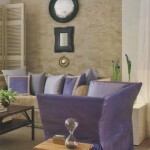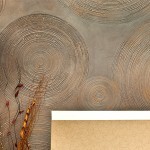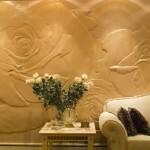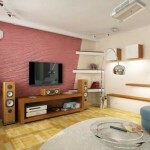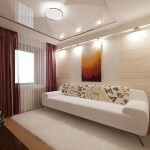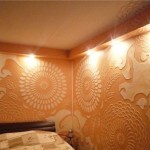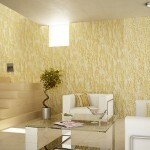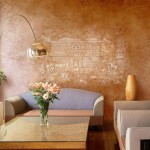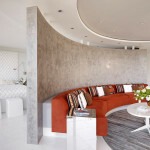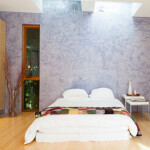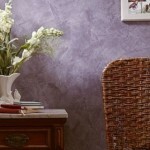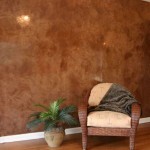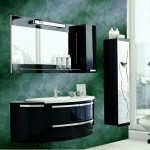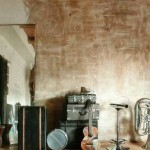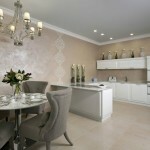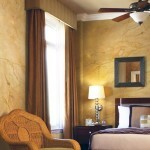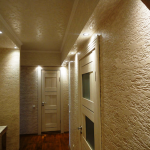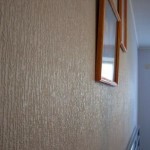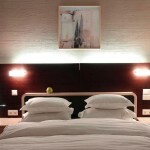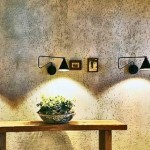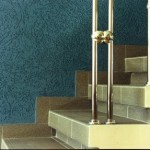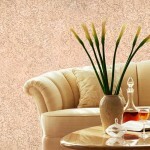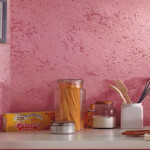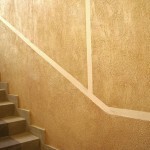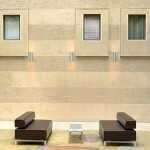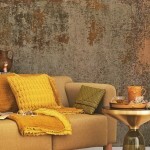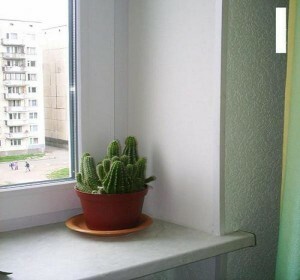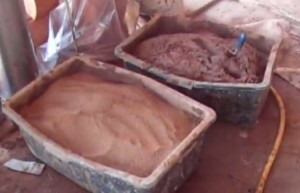Types of plaster (36 photos): features and technology selection plastering
Table of contents
-
1 Classification
- 1.1 dry
- 1.2 monolithic
- 1.3 colored decorative
- 1.4 stone
- 1.5 terrazitovye
- 1.6 Sgraffito - artistic Stucco
- 1.7 Venetian or liquid marble
- 2 How to choose the plaster
- 3 Technology plastering
- 4 Total
- 5 Photo Gallery
What is plaster, for what it is and what are the types? These questions interest every person who has decided to make not just a normal repair, and a good professional quality repairs!
After the erection of walls, partitions and roofs is the time to start decorating. The classic one is the wall finishing plastering coating them.
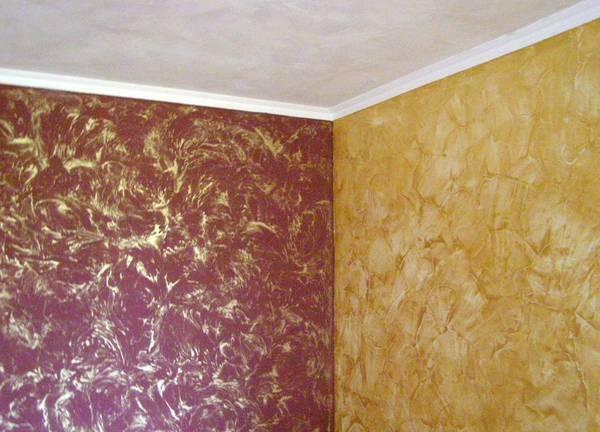
Despite the emergence of many new materials, plastering the walls and ceiling it remains the most popular way of interior decoration. Its undisputed advantage find the minimum thickness and durability of the coating that often an important criterion in the requirements to a process finishes.
The construction of a qualitative performance of plaster and painting always looks fresh and modern, and its diverse textures allow to recreate in any style room.
What is plaster? Try to understand this article.
This type of work includes the finish wall using prefabricated plasterboards - "dry" plaster, applying mixtures on the walls - "wet" or plaster cast.
Classification
dry
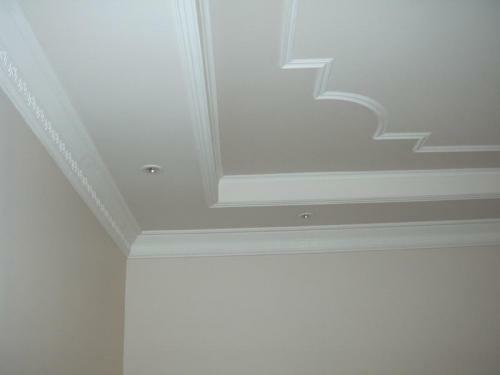
drywall
Prefabricated drywall sheets used exclusively for walls indoors. The dimensions and operating characteristics of the material allow for operation in a short time to obtain high quality final result.
For mounting use galvanized profile which is fixed by the level of the walls by means of special brackets.
When you consider the size of the placement profile sheets. Fixing plasterboard to perform profile screws. The joints and fastenings flattened by fillings with subsequent stripping. For final alignment apply different mesh abrasive grit.
Advantages:
- Speed of execution of works. The efficiency with which the result is achieved, is associated with the simplicity of assembly and the absence of "wet" processes.
- Tolerance to the qualification of the executor. The relative simplicity of installation and quality of modern materials make it possible to do without highly paid specialists costs.
- The possibility of construction of multi-level walls and surfaces. Design gypsum board profiles and fixtures includes the installation of internal partitions without a wall.
Disadvantages:
- Exposure to atmospheric phenomena.
- In some cases, lack of strength.
monolithic
Deposition of the plaster on the walls in order to equalize or make a certain color or texture called monolithic plaster. The result of these studies is resistant to mechanical and weathering layer.
The main advantages:
- versatility
- durability
- minimum space requirements
Disadvantages:
- weighting design
- extended periods due to the necessity of drying each layer
- cost of
The varieties of wet plaster and include the usual decorative plaster.
Conventional plaster consists of a smooth planarization layer. The main purpose - is to prepare the walls for further painting or wallpapering.
To make the walls of the form corresponding to the general structure design, using a special kind of monolithic plaster.
The main types of decorative plaster is divided on the composition of a mixture of plaster and appearance of the resulting coating facing.
The main element of the mixture is the binder.
- On the basis of lime - the traditional material, time-tested. A solution prepared by mixing milk of lime and river sand coarse fraction. The ready dry mixes on the market, there are also synthetic fibers serving for reinforcement.
- Acrylic-based offer superior adhesion and elasticity, resistant to weathering. Formulations of this category are indispensable for application on old coatings.
- In the polymer-based - nonflammable "breathing" plaster, modified by addition of polymers to increase the mechanical properties of the plaster layer.
- Silicone resins have improved resistance to mechanical and corrosive atmospheric agents, do not rot.
colored decorative

In the photo color decorative plaster
Colored plaster containing in its composition binder based on acrylic, quartz sand, and color. In most cases, they are presented as ready-to-use plastic mixtures.
Smooth color mixture is used in the finishing of his hands door and window openings, the inner surfaces of the walls and ceilings.
For building facades color plaster is used in combination with different technologies, giving a variety of effects. The most common and loved were "pitted" and "Kameshkovo".
stone
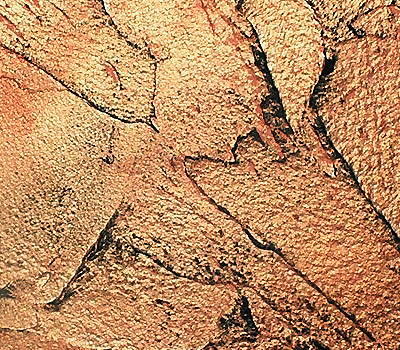
plaster stone
Creating a stone "scenery" begins with marking stone rows on the prepared wall.
With the help of a cord indicate the location of the seams. The next step - applying a selected type of a plaster coating.
After setting, the mixture produce "cutting" on the stones. Securing rule on labels, using cyclic removed still plastic solution to a depth of not more than one third the thickness.
In preparing the solution of the basic filler is selected granite or marble chips. Stone mixture is used for the finishing of the structural elements of buildings - foundations, corners and columns.
terrazitovye
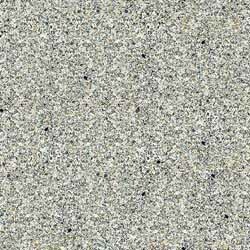
terrazitovye plaster
Terrazitovye plaster mixture used in the façade wall to simulate rock materials.
Taking into account its density and weight, is prepared by applying the surface relief. The open preparatory layer made wavy grid of shallow furrows. Lines operate by any suitable instrument and placed horizontally in increments of 3-5 cm.
On concrete surfaces embossed pattern creates a hammer and chisel, notching is performed for better adhesion of the plaster layer to the substrate.
To prepare the solution using cement, slaked lime and mica. Add the silica sand and rock dust as a filler.
Application is performed on pre-wetted wall. The work is carried out in two stages. Obryzg first applied, in 15-20 min to start the main application of the decorative layer. The next step is the processing of plaster terrazitovye Scratching. The result is a smooth surface sparkling.
crushed stone effect is obtained in grab nakryvku Never nail special tools: boaster, tongue, chisels. Coating process completes processing sandblasted.
Sgraffito - artistic Stucco
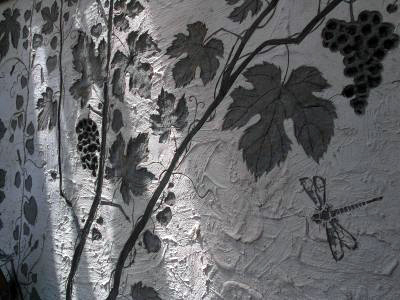
Sgraffito - artistic Stucco
Graffito - type plaster in which the prepared coating with a relief pattern, or a pattern.
The technology of manufacture of the decorative coating comprises applying multiple layers of different color, followed by removal of parts thereof for ornamentation.
Each layer is applied, followed by leveling and compaction spreader. The number of layers may vary. For imparting improved strength characteristics apply 5-6 layers.
Further, on the plastered wall pattern is applied. This is done using a stencil and a pigment powder or chalk, covered in gauze. After placement of the pattern start to sample solution. First, the contour, then the pattern in the right places skoblilkoy cutter or removed layer by layer.
Thus, sgraffito - it kontrrelefy, skillful use of which guarantees a perfect complement design.
Venetian or liquid marble
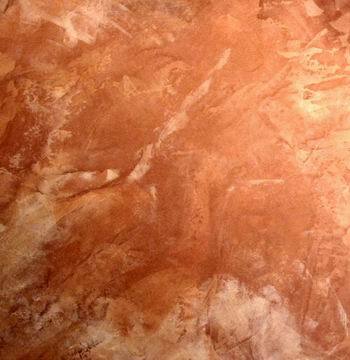
Venetian stucco or liquid marble (price - 1500 rubles per 25 kg)
Venetian plaster - a material used in its composition of marble flour and a binder ingredient acrylic or lime-based.
The secret of manufacturing consists of applying a plurality of layers of the finest with a unique texture.
Such plasters texture gives extraordinary visual depth and glow when light is reflected at various depths of the coating.
A multilayer process technology comprising zheleznenija and polishing each layer requires highly skilled and expensive materials. The result of time-consuming work becomes 5mm pearlescent facing layer, superior environmental friendliness and aesthetics of any decorative coating.
How to choose the plaster
It is logical to assume that, across a variety of methods and materials for plastering work, the consumer raises the question - what the plaster is better?
The unequivocal answer can not be. This is explained by the fact that determine the choice of the "correct" plaster can only know the specific conditions of use and method of work.
Not the least role in the choice of playing the cost factor. Recent fashion trends have brought with them the latest materials, sometimes several times superior to the value of their own, quite complete in every sense analogues.
When you create the interior design, the question remains harmonious combination of styles and materials. Agree, do not always "cool Venetian" palace creating chic, would be appropriate in a residential apartment. Conversely, spacious lounges and living rooms can look much more attractive at a suitable decoration of the walls.
The answer to the question of what the plaster choose depends on interior space and the effect you want to achieve.
Technology plastering
Compliance with the rules at the surface preparation and the application of plaster - guarantee longevity and preserve the appearance of the coating.
Instructions:
Prerequisites for the best adhesion - thorough cleaning of the walls from construction dust and dirt as well as moisture. In cases where the walls is necessary to remove the soot, using a 3% solution of hydrochloric acid.
For plastering walls using wooden lime-gypsum mixture. They are applied to the fortified shakes.
When finishing concrete panels applied first preparatory layer of cement milk. This slurry will give the surface roughness necessary for a better connection with plaster bases.
Any plaster coating consists of several layers. The first layer is called the leveling of the rendering. Second layer - this ground, the latter - Finish coating. For normal plaster these are limited.
The decorative plaster finishing layers may be several (up to 8), they are called finish coat. The total thickness of the layers should not exceed 20 mm. When correcting irregularities exceeding this number, using slurries with reinforcing mesh.
It should be noted that regardless of species plaster work should be done in a single step over the entire wall surface. Otherwise, possible coating defects due to minor changes of color and texture.
The works are from the top down and to the exposed beacons. For overcoating, ensure solidification of the previous one.
It is important to avoid the appearance of cracks. This occurs during rapid drying of the layer under a high temperature or when exposed to direct sunlight. In the hot season resorted to periodic wetting of the treated wall.
For applying the mixture on slopes using spatula or trowel. Alignment is carried out with the help of bevel according to established rules. To work with large smooth walls used stucco bucket and trowel long.
Total
Types of plaster so diverse that it is possible to carry out repairs of any complexity and realize any ideas! We can only wish you good luck and to offer video in this article.
Photo Gallery

